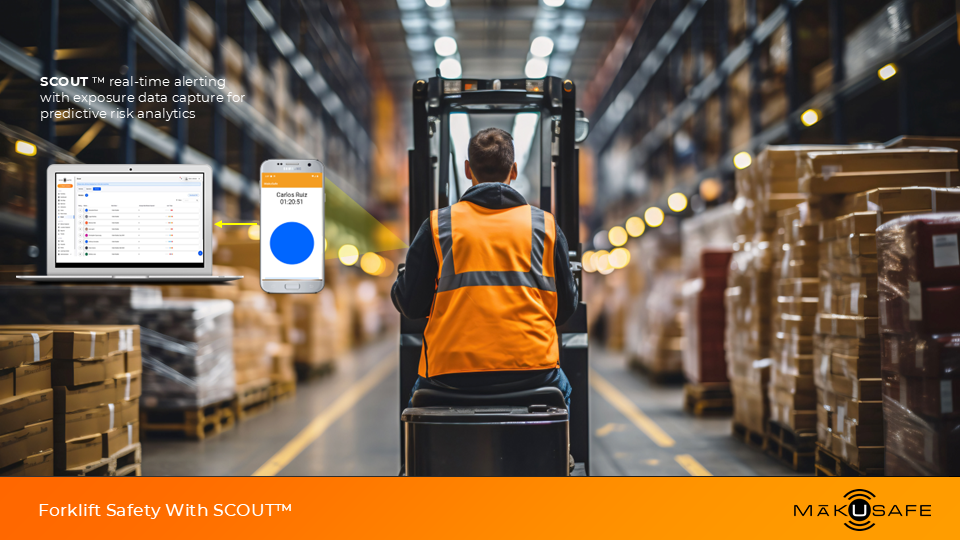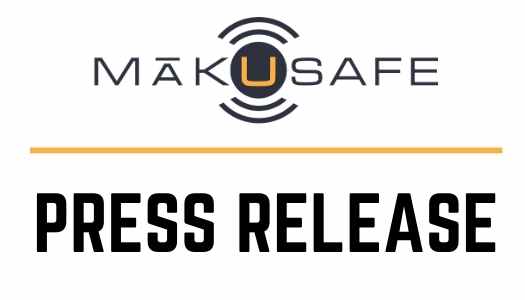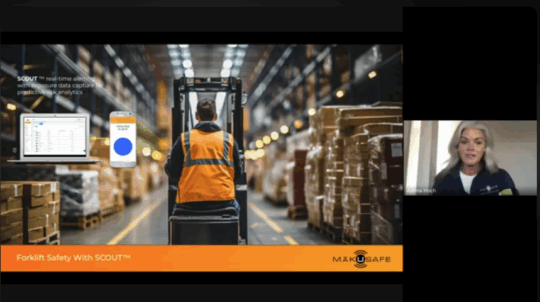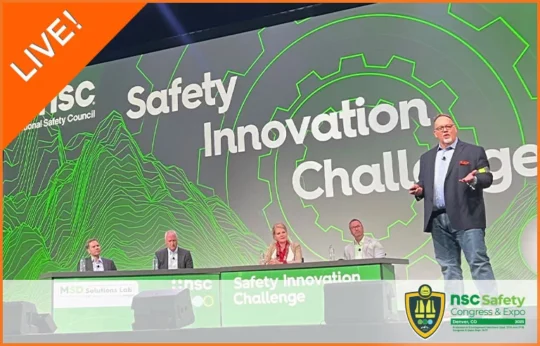Forklift Safety: A Smarter, More Practical Approach
February 6, 2025
Each year, approximately 7,500 workers suffer injuries in forklift-related incidents, with nearly 100 fatalities reported, according to federal statistics. While safety is a top priority, businesses cannot afford to sacrifice productivity. The right solutions must improve safety without impeding operations.

The Challenge of Forklift Safety
Many assume that stopping or slowing forklifts is the best approach to preventing collisions. However, this introduces new hazards, such as rear-end collisions, load instability, and worker complacency. Additionally, reliable and economical technology for automatic slowing or stopping is not widely available.
Autonomous solutions have been touted as an answer, but they remain prohibitively expensive. Retrofitting existing fleets is complicated due to the variety of makes, models, and production years, with many not even supported. While the largest corporations may have the capital to replace fleets or implement costly solutions, the vast majority of workers are employed in businesses that simply cannot afford these investments.
The Problem with Traditional Safety Measures
Some traditional safety measures, such as lights and sirens, lose effectiveness over time as workers tune them out. Meanwhile, social media videos on forklift safety trends offer little in terms of sustainable, scalable solutions. As highlighted in a recent Wall Street Journal article by John Keilman (Jan. 5, 2025), labor challenges, including driver fatigue, are leading to high turnover in the industry. While some companies aspire to a forklift-free workplace, the reality is that manual lift trucks remain indispensable for the foreseeable future.
The best approach to forklift safety isn’t necessarily stopping the truck—it’s avoiding dangerous situations altogether. MākuSafe Scout™ is a practical, proven solution that enhances safety without disrupting productivity.
Unlike other wearables that only address single hazards, MākuSafe Scout™:
- Collects multiple types of safety data, offering a holistic view of workplace risks.
- Prioritizes worker privacy by collecting no personally identifiable information (PII) or location tracking data.
- Enables real-time communication between workers and safety teams.
- Provides easy-to-use leading indicator data, helping safety leaders take action before incidents occur.
Results from Pilot Programs
Early adopters of MākuSafe Scout™ have seen significant reductions in near-misses and improved visibility into pedestrian congestion around powered industrial vehicles (PIVs). Rather than relying on reactive safety measures, these companies now have data-driven insights that allow them to adjust facility layouts, train operators more effectively, and implement proactive interventions that improve safety and efficiency.
Conclusion
While slowing or stopping forklifts might seem ideal, the technology isn’t economically viable for most companies. Autonomous solutions remain out of reach for all but the largest businesses, and replacing or retrofitting fleets is impractical. Instead, businesses need a scalable, affordable approach that makes workers safer without slowing them down.
MākuSafe Scout™ is already proving to be that solution, delivering real-world results without disrupting operations. By leveraging data and proactive insights, companies can ensure that a safer workplace is also a more productive one.





